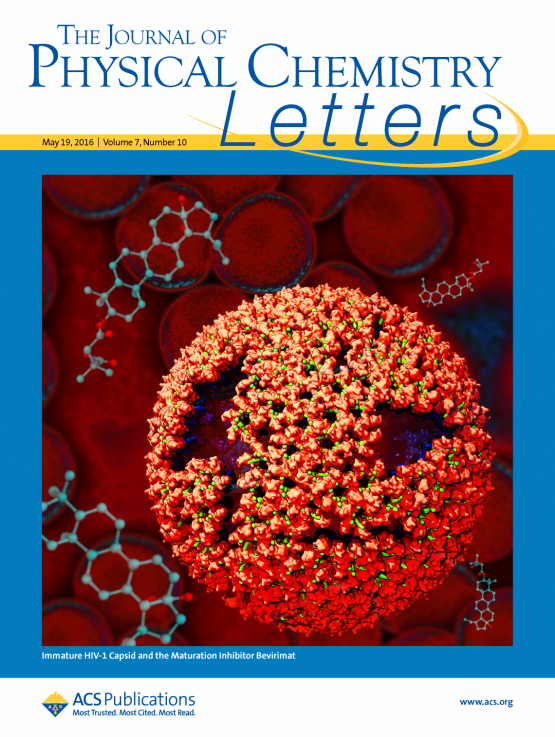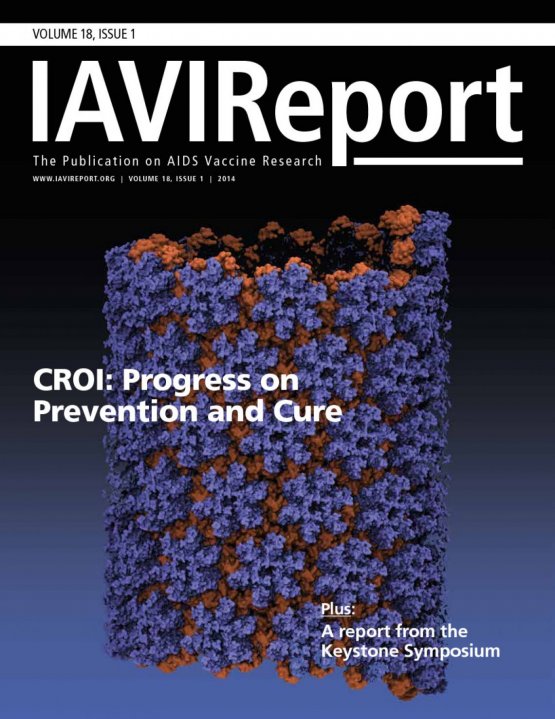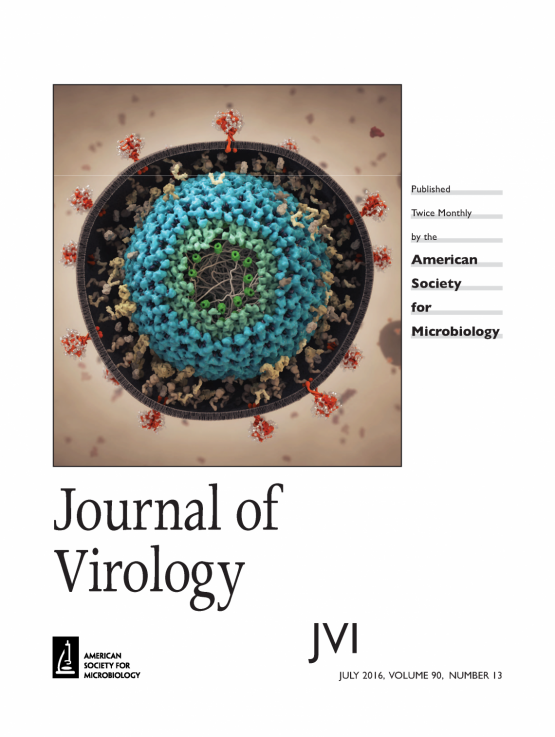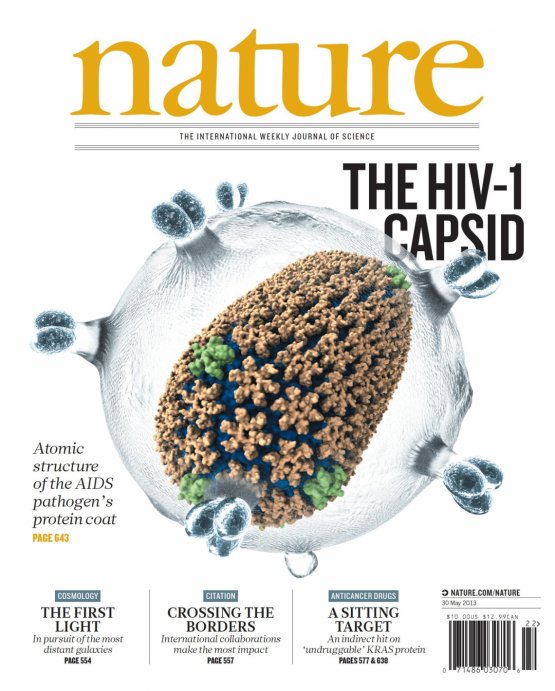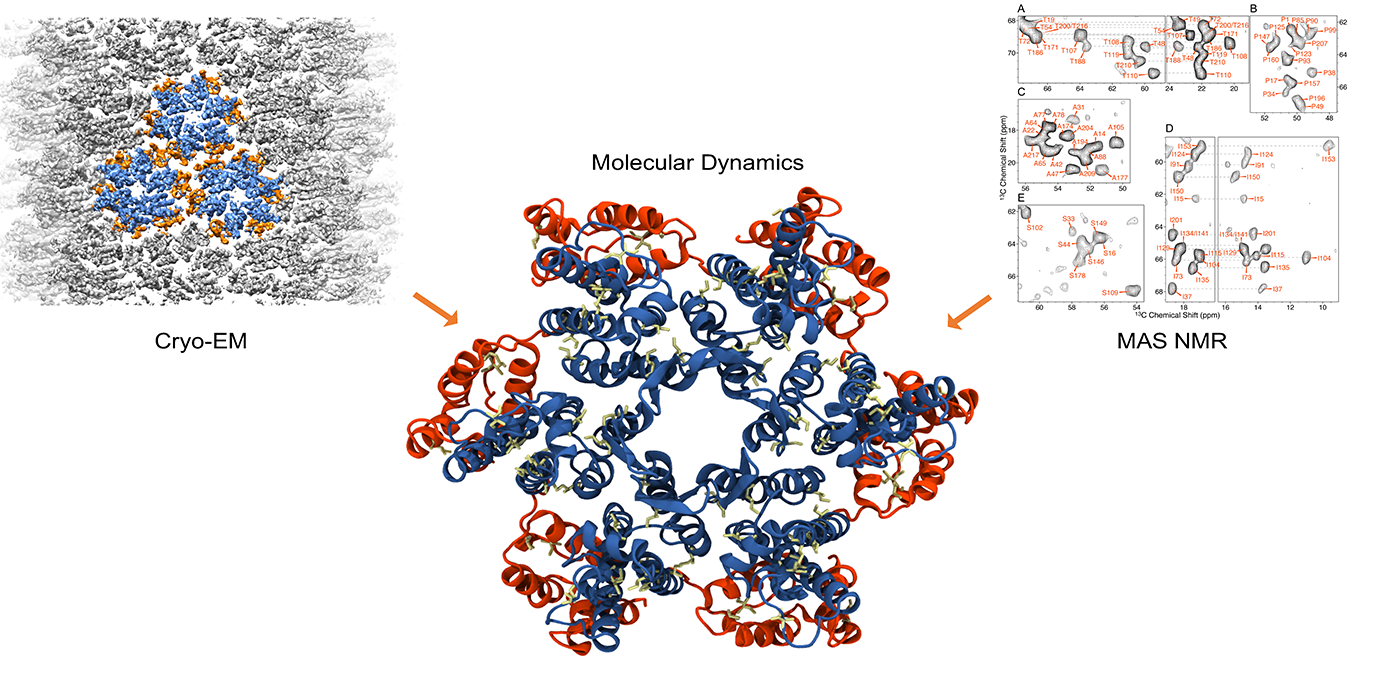
Connecting biology, chemistry and physics.
Single particle cryoEM has emerged as a powerful method for structure determination of proteins and complexes, complementing X-ray crystallography and NMR spectroscopy. Yet, for many systems, the resolution of cryoEM density map has been limited to 4–6 Å, which only allows for resolving bulky amino acids side chains, thus hindering accurate model building from the density map. On the other hand, experimental chemical shifts (CS) from solution and solid state MAS NMR spectra provide atomic level data for each amino acid within a molecule or a complex; however, structure determination of large complexes and assemblies based on NMR data alone remains challenging. Our group has developed a novel integrated strategy to combine the highly complementary experimental data from cryoEM and NMR computationally by molecular dynamics simulations to derive atomistic models, which is not attainable by either approach alone.Supercomputing for simulation of life at atomistic resolution.
Connecting dynamics to structural data from diverse experimental sources, molecular dynamics simulations permit the exploration of biological phenomena in unparalleled detail. Advances in simulations are moving the atomic resolution descriptions of biological systems into the million-to-billion atom regime, in which numerous cell functions reside. In our group we develop analysis methods driven by large-scale molecular dynamics simulations. Our methods highlight the utility of molecular dynamics simulations in the critical task of relating atomic detail to the function of supramolecular complexes, a task that cannot be achieved by smaller-scale simulations or existing experimental approaches alone.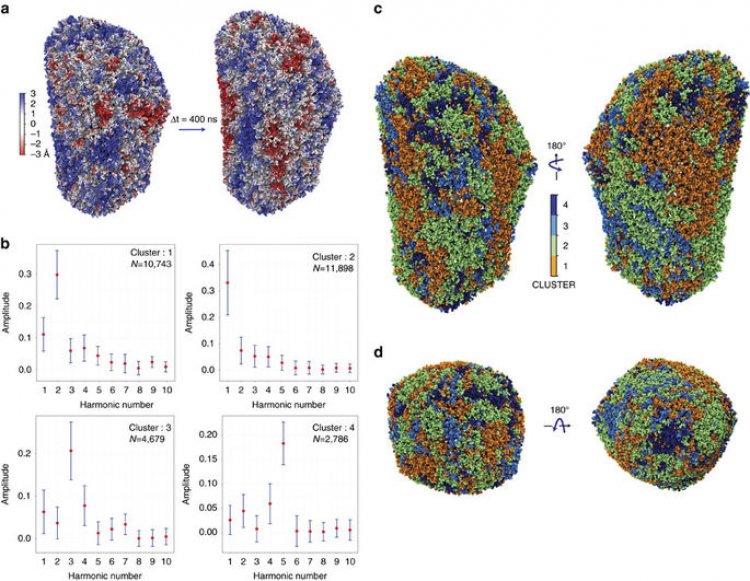
Drug discovery and development.
Retroviral capsid cores are proteinaceous containers that self-assemble to encase the viral genome and a handful of proteins that promote infection. Their function is to protect and aid in the delivery of viral genes to the nucleus of the host, and, in many cases, infection pathways are influenced by capsid–cellular interactions. From a mathematical perspective, capsid cores are polyhedral cages and, as such, follow well-defined geometric rules. However, marked morphological differences in shapes exist, depending on virus type. Given the specific roles of capsid in the viral life cycle, the availability of detailed molecular structures, particularly at assembly interfaces, opens novel avenues for targeted drug development against these pathogens. Our research focuses in the structure and understanding of retroviral capsid, with particular emphasis on protein assemblies and the capsid cores.